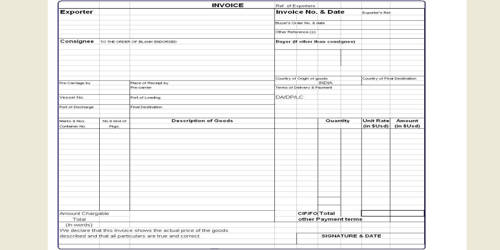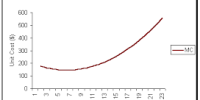Floating Debt
These are the loans borrowed by a trader to meet temporarily the requirements of current business and are payable within a short period of time (say a year). It is a debt which is repayable in the short term. It may be a short-term government borrowing, esp by the issue of three-month Treasury bills. A floating interest rate is an interest rate that can change from time to time. Floating rate notes or floaters can be issued by financial institutions, governments, and corporations in maturities of two-to-five years.
Floating Debt is the debt on which the interest rate changes as the existing rate changes. It is a short term debt that is continually refinanced, renewed, or rolled over to meet the ongoing operational requirements by the issuer. It is continuously refinanced from short-term debt for a company’s ongoing operations. It is a debt instrument with a variable interest rate.
The main advantage of floating debt is a chance to benefit from reductions in interest rates. A floating interest rate is an interest rate that moves up and down with the rest of the market or along with an index. Moreover, the interest rates on long term debt are usually higher than interest rates on short term debt. Therefore, the company may save money by refinancing short term debt. Generally, floating interest rates are lower compared to the fixed ones, hence, helping in reducing the overall cost of borrowing for the debtor. However, the downside is that the company might suffer if interest rates rise and they have to refinance at a higher cost. It can also be referred to as a variable interest rate because it can vary over the duration of the debt obligation. However, the demerit of this process is that the company may incur a loss if interest rates rise and they have to refinance at a higher cost. This contrasts with a fixed interest rate, in which the interest rate of a debt obligation stays constant for the duration of the loan’s term.
















